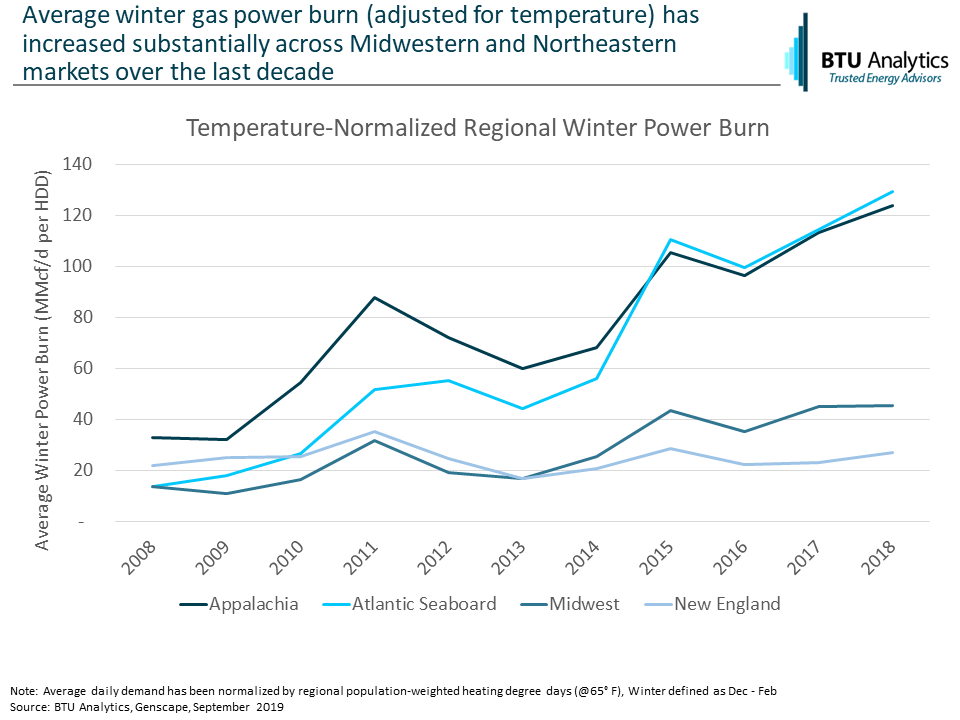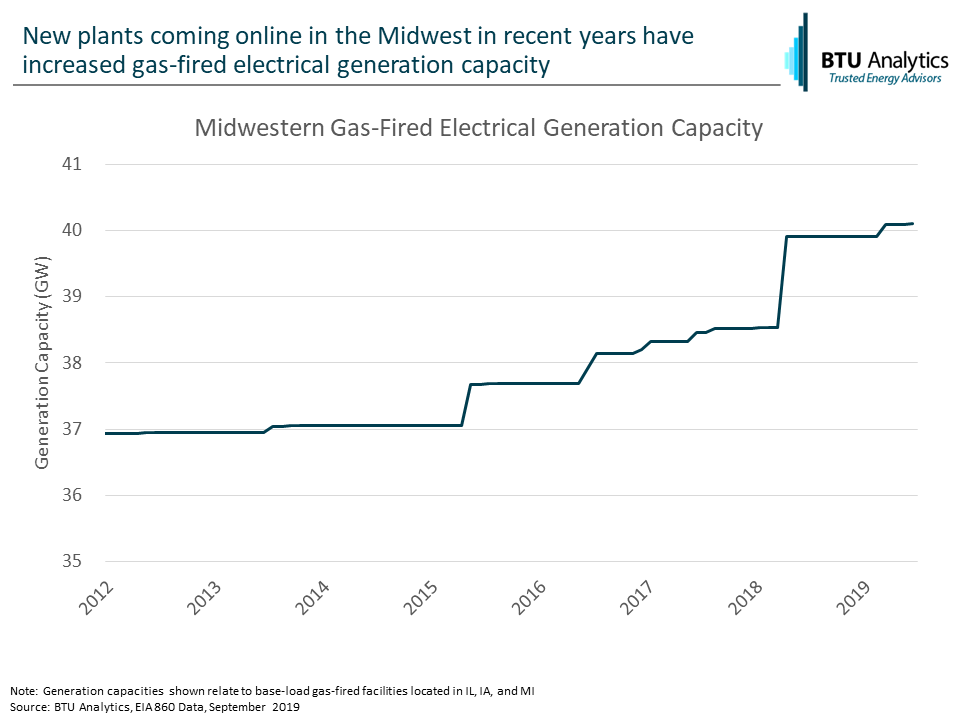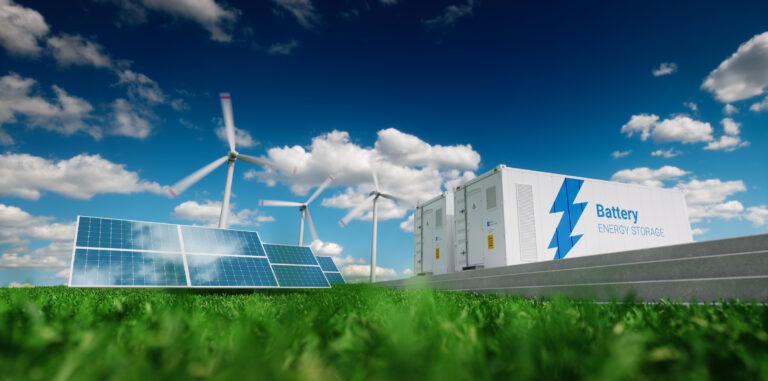Summer power burn surged this year, buoyed by warmer-than-normal temperatures and historically low gas prices. While this summer burn was dramatic, it fits with a trend the market has been seeing since the beginning of the Shale Era: cheap gas production consistently pushing power burn levels higher. This trend has been especially apparent in Appalachia and adjacent regions, as midstream companies enhanced and upgraded takeaway in response to growing spreads, allowing Marcellus and Utica gas to make its way to neighboring regions. While it’s easy to focus on new summer highs, winter baseload power burn illustrates the impacts that natural gas has had on the power landscape.
Across the board in Appalachia and adjacent regions, winter power burn has been on a pretty consistent uptick. Levels still fluctuate year-to-year based on pricing that winter, but the upward trend, shown in the graphic below, is apparent.

While power burn has undoubtedly increased in Appalachia, the Atlantic Seaboard, New England, and the Midwest, the question remains to what the underlying cause of the increase is. There are two potential culprits driving power burn higher: increases in gas-fired power plant capacity and increased utilization on a plant-by-plant basis. For the sake of this analysis, we will focus on the Midwest, where year-over-year increases in temperature-normalized winter power burn have averaged about 21% a year over the past 10 years to 46 MMcf/day per heating degree day (HDD) for the winter of 2018-2019.
A review of the regional capacity for gas-fired electrical generation coming online during the last few years shows a modest increase in additional capacity added to the supply stack (added approximately 3 GW of gas capacity in Illinois, Iowa, and Michigan since 2012), however, this increase is not proportional to the overall increase in gas demand over the same period.

While new capacity coming online can explain away a portion of the increases in power burn we have seen, it is likely not the sole driver. Instead, we look to utilization at several prominent power plants in the Midwest for answers. Over nearly every year from 2012-2019, winter power burn per HDD has significantly increased. Some of this change can be attributed to pricing pressures. During the winter of 2015, outright average natural gas prices in Chicago had crashed to around $2.00/MMBtu after topping out at over $7.00/MMBtu only two years prior. The data clearly reflects a spike in natural gas deliveries to Midwestern power plants in reaction to falling prices in 2015. In the years after this drop, the Chicago outright price has climbed by almost 70% to $3.41 during the winter of 2018-2019. After reverting to the regional mean in 2016, power burn deliveries have continued to climb, despite higher gas prices, and by the winter of 2018-2019 had almost surpassed prior deliveries during the winter of 2015-2016.

While the trend of increased winter baseload power burn has been evident for years now, winter power burn may be leveling off in the future. While additional coal retirements, new gas plants, and continued low prices will try to push power burn levels higher, how will they react in the face of growing renewable generation and potentially increasing gas-on-gas competition? See the Henry Hub Outlook for a full breakdown of BTU’s power burn view and how gas prices will both drive and react to power burn levels.









